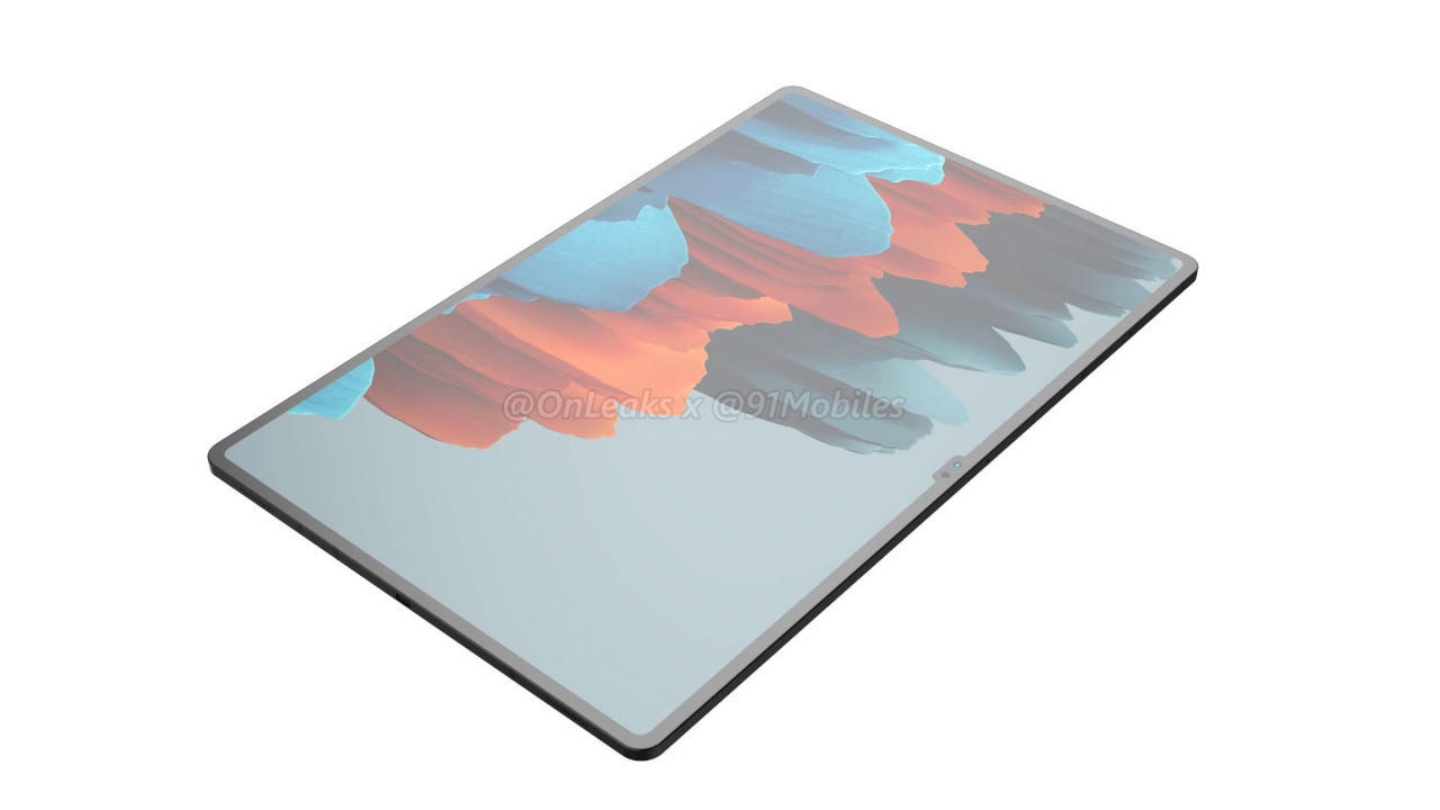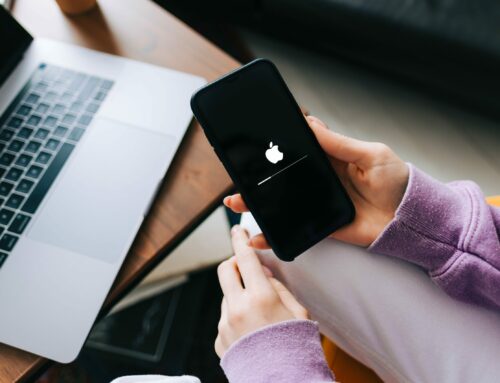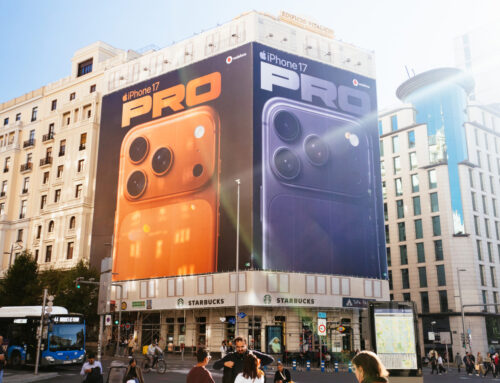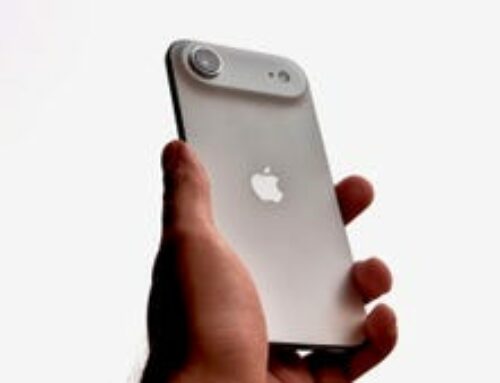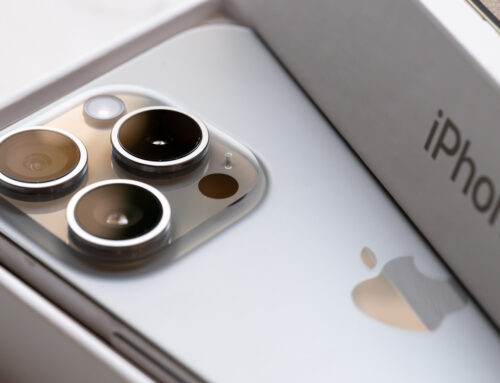There was a point in time when it seemed that notches would be the future of smartphones, especially since Apple seems to be adamant about sticking to it since the iPhone X in 2017. And then device makers started switching to punch-hole cutouts, and some even started hiding front cameras underneath screens. It seems, however, that the notch trend might be arriving on large screens, like Apple’s new MacBook Pros, and Samsung might try to make it a thing on tablets with the Galaxy Tab S8 Ultra.
The notch on the MacBook Pro was one of the most surprising things to be revealed at Apple’s Mac-centric event last month. The company is positioning it as a “smart” way to increase screen real estate by having the menu bar on the same level. Unfortunately, this proved to be more problematic compared to implementations on smartphones because some macOS apps’ menus ended up going underneath that notch, making them almost inaccessible.
Fortunately, that won’t be the case with Android because, like on iOS, the top row is dedicated to the notification panel anyway. Some full-screen apps might run into trouble, but there are always ways to get around that. While screen real estate might be one of the benefits of having a notch, that might not be the primary reason Samsung is using it on a tablet.
According to @Ice universe, the Galaxy Tab S8 Ultra’s notch will house not one but two cameras that can shoot at 4K 60 fps. One of those will be an ultra-wide-angle camera that will probably be positioned as the better view for video chats and conferences. The tipster also assures that the notch won’t be that big, probably just enough to contain the two cameras.
It seems that many people doubt the Notch of Galaxy Tab S8 Ultra.
Now I can tell you with 100% certainty that Notch must exist, but it’s not big. It is equipped with two front cameras, including ultra wide-angle cameras, which can shoot 4K 60fps. pic.twitter.com/VMYk8I3zTg— Ice universe (@UniverseIce) November 18, 2021
In contrast, the MacBook Pro notch houses your typical webcam array and doesn’t have the array of sensors that would have enabled Face ID. Apple doesn’t seem to be interested in implementing that yet, leaving Samsung with the opportunity to upstage it, though the accuracy and performance of its face recognition technologies aren’t all that, to begin with.

